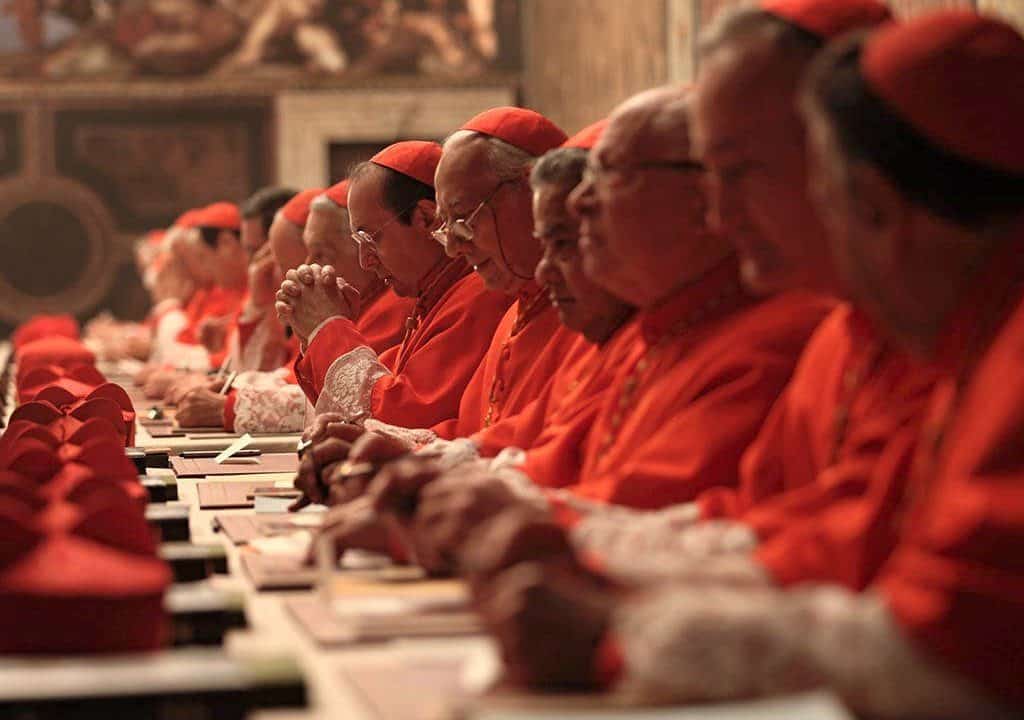The election of a new Pope is one of the most anticipated and enigmatic events in the Catholic Church. The cardinal electors gather in the Sistine Chapel to carry out a process filled with history and solemnity. What rules do they follow? How does the voting process unfold?
The Role of Cardinal Electors in the Vatican Conclave
The cardinal electors play a crucial role in the election of the new Pope. According to established norms, only cardinals under the age of 80 can participate in the conclave. Currently, these electors come from various parts of the world, with a notable majority from Europe and Latin America. The geographical diversity of the cardinal electors ensures a global representation in the election of the pontiff.
To be an elector, a cardinal must be under 80 years old on the day the conclave begins. This group of electors includes cardinals of multiple nationalities, reflecting the universality of the Catholic Church. Although Europe has the majority of electors, other continents like Latin America also have a significant presence.
Before the conclave begins, the cardinals participate in a series of important events. One of the most notable is the “Pro eligendo Papa” Mass, celebrated in St. Peter’s Basilica. During this ceremony, the cardinals seek the guidance of the Holy Spirit in choosing the new leader of the Church.
After the Mass, the cardinals proceed to the Sistine Chapel, the site of the conclave. Here, dressed in rochets and singing the “Veni Creator,” the cardinals invoke the Holy Spirit to illuminate their decision.
The Sistine Chapel, famous for its impressive frescoes by Michelangelo, becomes the setting for this solemn and secret voting process.
Voting Process in the Conclave: How the New Pope is Chosen
Once inside the Sistine Chapel, the cardinals begin the voting process. The first day of the conclave usually includes only one electoral round. On subsequent days, up to four voting rounds are held per day, two in the morning and two in the afternoon.
Each cardinal writes the name of his candidate on a ballot and deposits it in an urn, in a process carried out with great solemnity and secrecy.
For a candidate to be elected Pope, he must obtain a two-thirds majority of the votes. If after several rounds no candidate reaches this majority, the cardinals may opt for an absolute majority.
This option is only allowed from the thirtieth voting round onwards. At this point, only the two candidates with the most votes in the previous round are eligible, increasing the chances of reaching a consensus.
If the election extends over several days, the cardinals may take breaks for reflection and prayer. These breaks are crucial to allow time for additional contemplation and deliberation. The cardinals may discuss informally and reconsider their votes in an atmosphere of reflection and silence.
A new Pope’s election is most famously signaled by the emergence of white smoke from the Sistine Chapel chimney. The ballots from each voting round are burned, and if no result is reached, they are mixed with chemicals that produce black smoke.
White smoke, on the other hand, indicates that the cardinals have chosen a new Pope. This signal is eagerly awaited by the faithful gathered in St. Peter’s Square and by Catholics around the world.
After the election, the Dean of the College of Cardinals asks the chosen candidate if he accepts the position and what name he wishes to adopt. Once the new Pope accepts, the Cardinal Protodeacon announces it to the world with the famous phrase “Habemus Papam” from the balcony of St. Peter’s Basilica. The new pontiff then presents himself to the crowd and gives his first blessing “Urbi et Orbi” (“to the city and the world”), marking the beginning of his papacy.
Reflection on the Pope’s Election: Tradition and Unity in the Catholic Church
The election of a new Pope is a deeply significant and spiritual process in the Catholic Church. From the gathering of the cardinal electors to the awaited white smoke, each step is steeped in history, tradition and solemnity. This process not only determines the next spiritual leader of millions of Catholics but also reinforces the unity and continuity of the Church.
The rigorous selection of cardinals, the secrecy of the conclave and the accompanying ceremonies underscore the importance of this event. Electing a Pope is not just an administrative decision but an act of faith and devotion that seeks to reflect the divine will.
For Catholic faithful, the announcement of the new Pope and his first “Urbi et Orbi” blessing are moments of joy and hope. This event not only has a profound impact on the Church but also on the entire world, reminding us of the relevance and power of spirituality in our lives.
The election of the Pope is undoubtedly an event that continues to captivate people of all beliefs, highlighting the importance of spiritual leadership in an era of constant changes and challenges.





